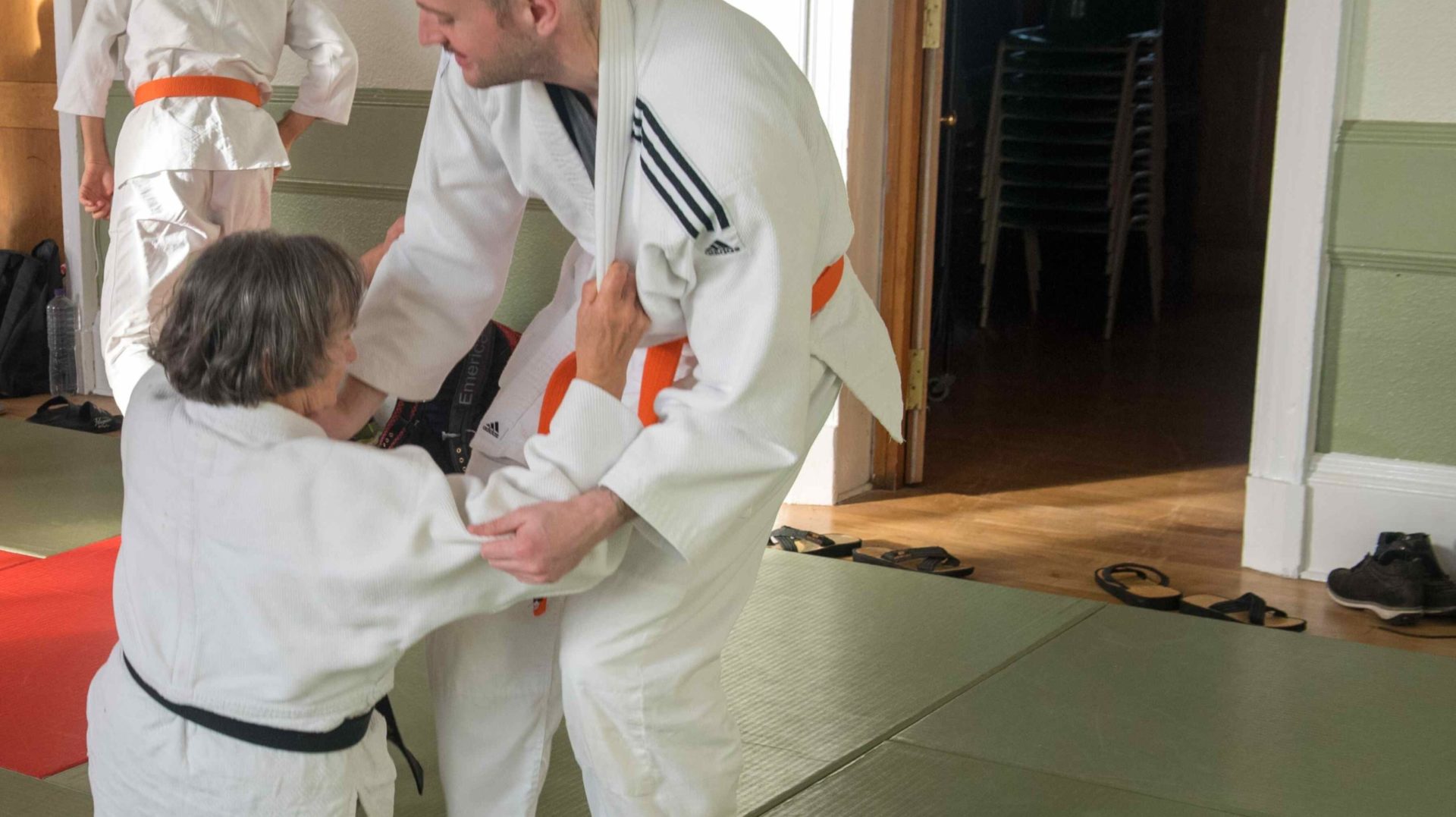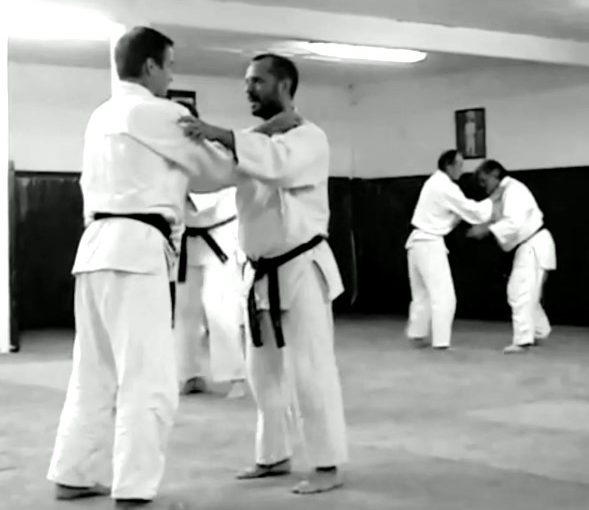The full commitment within Judo starts with Shizen Tai.
In Sports judo, people are constantly bent over. There are 3 possible reasons for this position: Afraid of falling, Afraid of losing, and afraid of not getting a medal.
The main principle is the Shinzentai position.
Judo is a martial art and not a sport, it means this could be used in extreme situations in order to remain alive.
Therefore, the person removes all the possible stress in order to react quickly and be aware of the aggressor’s reactions before it happens (personal and life experiences as well).
If I bent over and use my muscle, I might lose my life quickly.
Now take away the stressful situation. What is left?
A wonderful tool to learn how to know myself with the help of a partner.
For this, there are 3 main tools, katas which lead to Randori and then Shiaî.
No loser, no winner but a full commitment to myself.
Dr kano in « Seiryoku zen.yõ kokumin tiiku, August 1930, in KJTK-8
“Shizen Hontai is the posture where the individual stands naturally upright., without any intention. Elbows drop naturally, the chest is dropped without forcing it, the gaze is not lowered, heels are about a foot apart between right and left.“

Shizen Tai is the stable posture closest to imbalance
The centre of gravity is high, the supports are only about shoulder-width apart. However, it is from an imbalanced posture that we can create movement.
It is therefore the closest posture to movement.
Shizen Tai allows you to move faster, which is essential from a martial point of view. The person can quickly react by perceiving the other person’s reaction, even before they occur (Sen No Sen).
A position such as Jigo Tai, for example, although not leaning to either side, is effective in defence by lowering the centre of gravity, but, does not allow rapid change or direction or intention.
Moreover, this position is the reflection of fear which again indicates that the practice of Sports Judo is not the practice of the martial art.
(A very common sensation in Sports Judo)
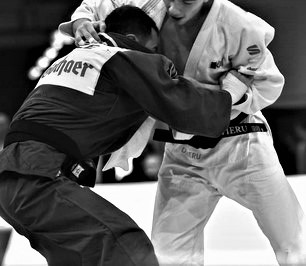
Let’s hear what Dr Kano said about Shizen Tai.
Dr Kano : Dojo ni okeru renshu no mokuteki o ron zu (dai-yonkai) July 1930 KJTK-3, p 275, 276
“…I say a word about attitude: I would like practitioners to practice Shizen-Tai ordinarily. In randori, it is certainly not possible to remain permanently in Shizen tai because it is undoubtedly necessary to switch to jigo-tai to protect oneself but, when one does not practice the principle of shizen-tai, it is not only the form of the body which becomes bad one comes to the point of not being able to move the body in a completely free way.
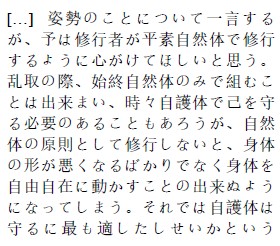
On the other hand, is jigo-tai the most suitable position for defence?
Certainly not!
It is sometimes relevant to defend against certain types of attack but it often happens that it is of no help against others.
When standing in shizen-tai, one seems vulnerable to attacks that can come from all directions but, at the same time, regardless of the direction of the attack, it is possible to dodge the attack easily.
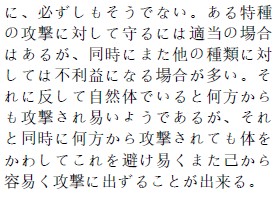
On the other hand, it is easy to attack in Shizen Tai because this is a natural position”
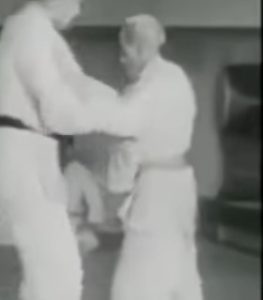
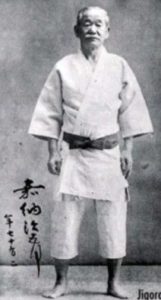
It is essential, to preserve the ability to move and to always return to the shizen-tai position.
Judo no shugyoja ni tsgu, February 1918, in KJTK-2, P. 205

” The body must be in shizen tai posture. It is an attitude that allows you to change your attitude according to your needs. “
